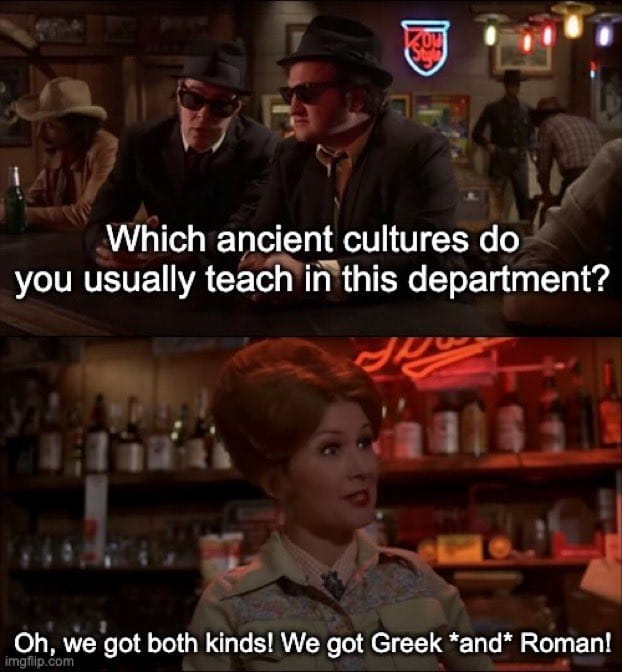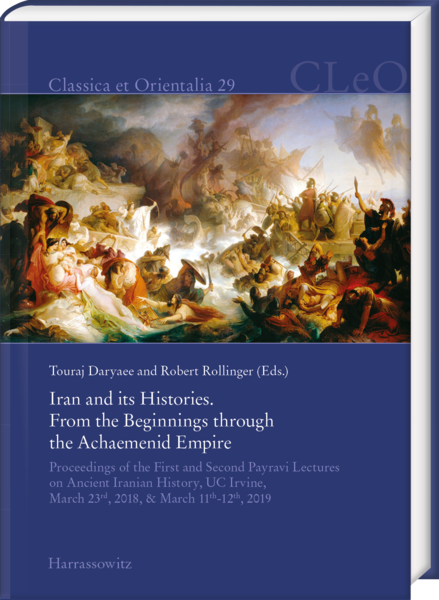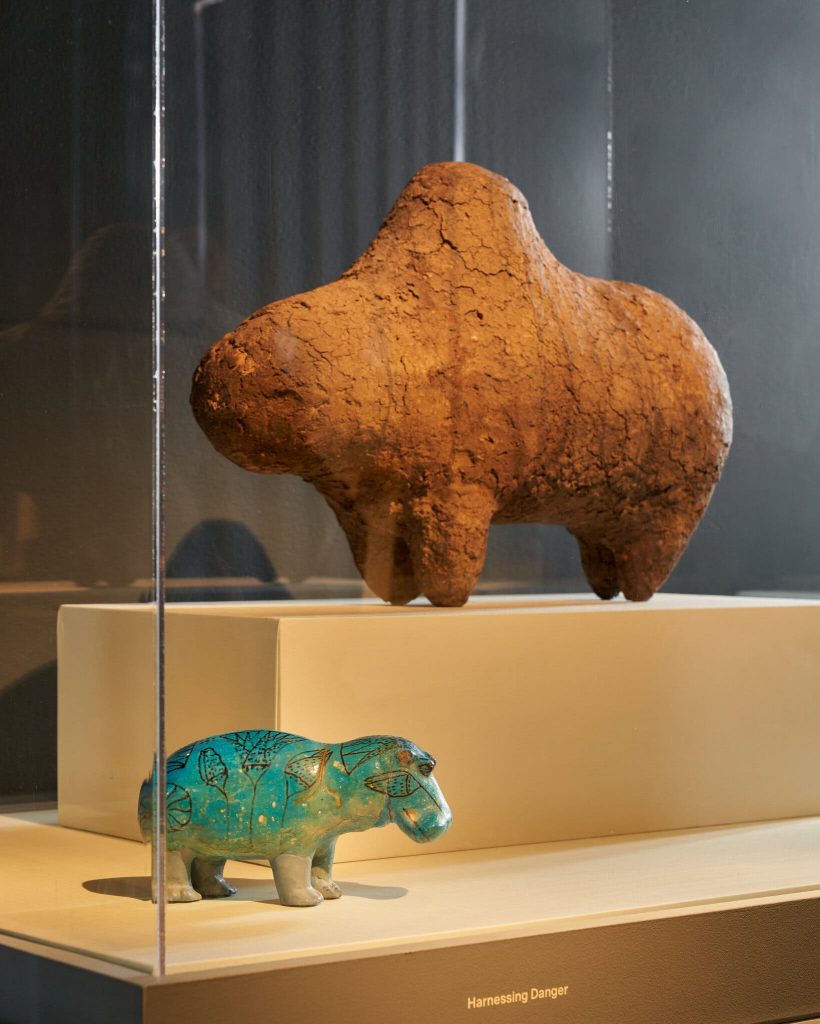
No explanation necessary


Archaeologist, Art Historian, Sometime Curator, and Ocassional Classicist

I’ve been meaning to announce this for a while now, but other, pesky things, like spending time with my family over the holidays, got in the way. So here it is: last November my paper “‘The Spear of the Persian Man Has Gone Forth Far:’ The Achaemenid Empire and Its African Periphery,” was published in Iran and Its Histories: From the Beginnings through the Achaemenid Empire. Proceedings of the First and Second Payravi Lectures on Ancient Iranian History, UC Irvine, March 23rd, 2018 and March 11th-12th, 2019, edited by Touraj Daryaee and Robert Rollinger and published by Harrassowitz Verlag in the Classica et Orientalia series.

It’s an attempt to contextualize Egypt, Libya and Kush in their broader Achaemenid setting, using world-systems analysis as conceptual glue to hold them together. It also includes, thanks to a very strider anonymous peer reviewer, my first explicit attempts to explain how we can use Herodotus to study the Achaemenids (it was a very useful exercise for me to think this through).
I know what you’re going to say: there’s no such thing as ‘Achaemenid Africa,’ since ‘Africa’ is a Latin term, probably derived from Punic (as I said myself in a recent post). That is true. But it is still a convenient shorthand for talking about Achaemenid territories on the African continent, which despite not being innately or cogently ‘African’ per se (whatever that means) are still unified by geography and politics, which is one of the points I (try to) make in this paper.
The whole volume is very impressive, and I am very grateful to Touraj for the invitation to participate in one of the conferences that generated it back in 2019. Although I’m moving away from Egypt in my scholarship, this was a sufficiently different undertaking from my dissertation/book to pique my interest. I hope the result is worthwhile!
I’m afraid this tantalizing title belies a prosaic announcement, namely that this spring I am teaching a course in the NYU Liberal Studies sequence Arts and Cultures across Antiquity, entitled What Is (a) God? (To be fair, I borrowed the title from a book edited by Alan Lloyd.) The course is an exploration of the nature of the divine across the ancient Middle East and Mediterranean, including Egyptian, Mesopotamian, Persian, Greek, Roman and Gandharan art, as well as Atrahasis, the Hebrew Bible, the Avesta, Homer, Euripides, Ovid, Philostratus and the New Testament. I’m still working out the details, but it should be a fascinating course (for the students too, I hope!).
A New York Times review by Holland Cotter of the Met’s new exhibition ‘The African Origins of Civilization,’ which pairs African and ancient Egyptian sculptures (and some objects elsewhere in the museum) makes an important point, I think, namely that the division of Egyptian and African art in the Met and other museums is a result of a racist distinction between ‘civilized’ and ‘primitive’ art. In fact, the Met’s collection of African art largely originated from its acquisition of the collection of Nelson Rockefeller’s defunct ‘Museum of Primitive Art’ in 1976. The exhibition, therefore, renders an important service by putting these materials side by side, to the benefit of both.

But Cotter’s broader point, that African art ought to be reunited in the museum, ignores the fact that ‘Africa’ is itself a European concept. The term comes from the Latin word Afri, which refers to the inhabitants of North Africa, and probably originates from a Carthaginian or Berber term. While it is true that many ancient Greek geographers regarded the Nile as the boundary between Asia and Africa (which they called ‘Libya’), some, such as Strabo (1.2.28), preferred the Isthmus of Suez, i.e. the recognized modern dividing line. Thus the entire question of whether Egyptian art is African is itself couched in European terms! If continents are a European construct, then surely it does not matter.
In this regard, I think the Met takes a sensible approach with this exhibition. Pairing African and ancient Egyptian art makes us (its viewers) ask questions like “What do these objects have in common?” and “What is Africa, anyway?” These are good questions to ask, even if they don’t have simple answers.